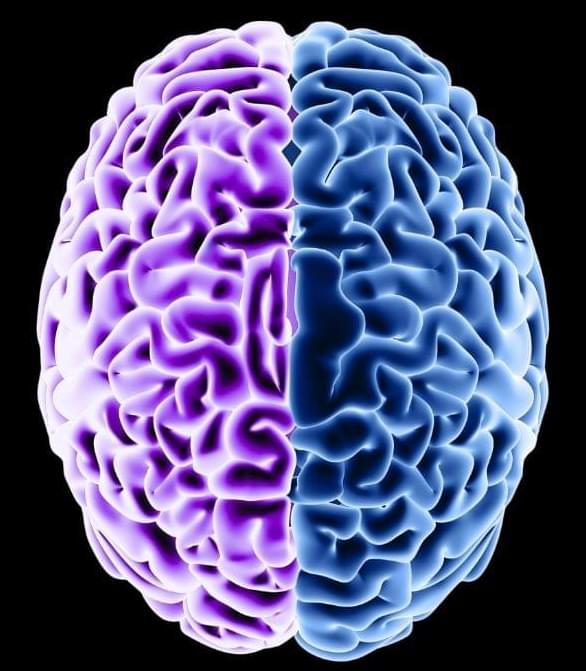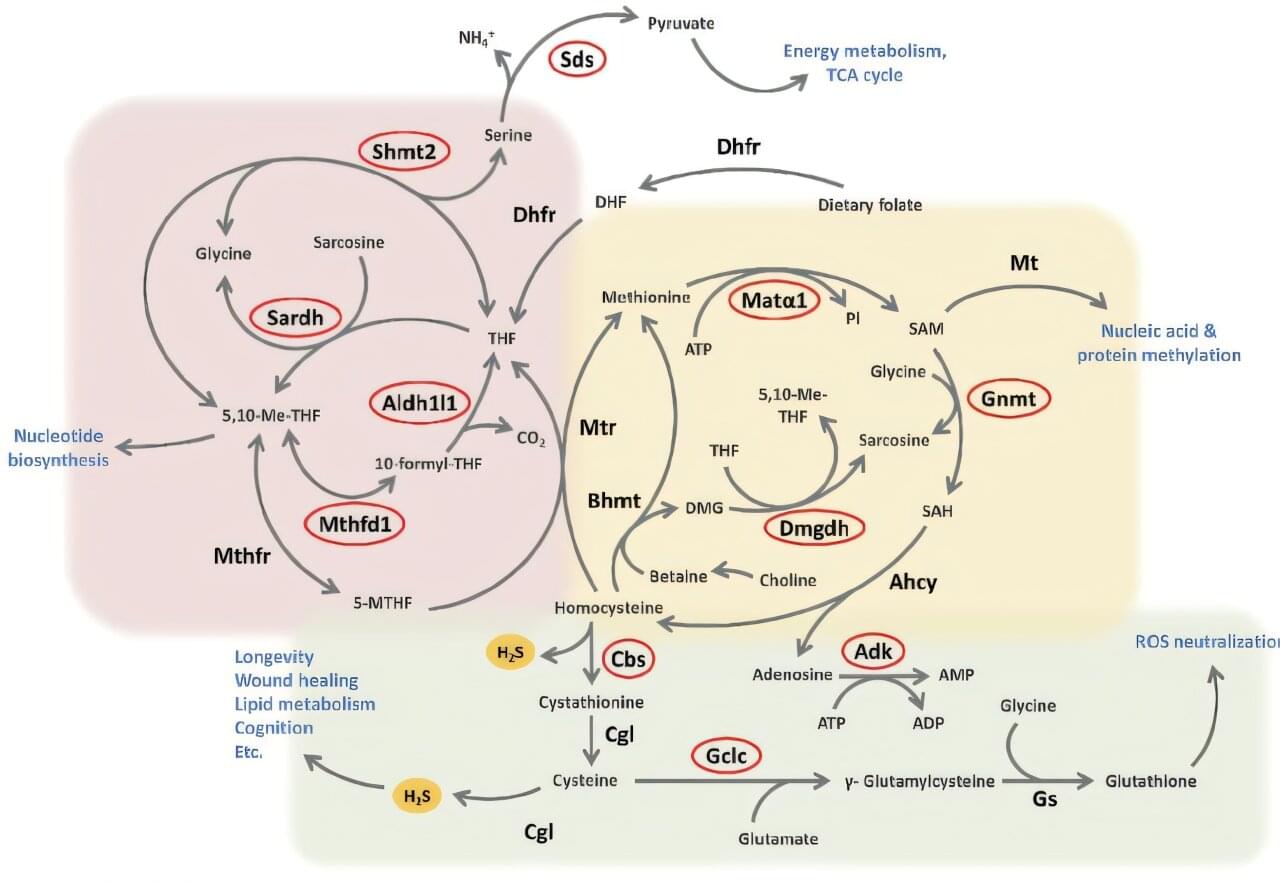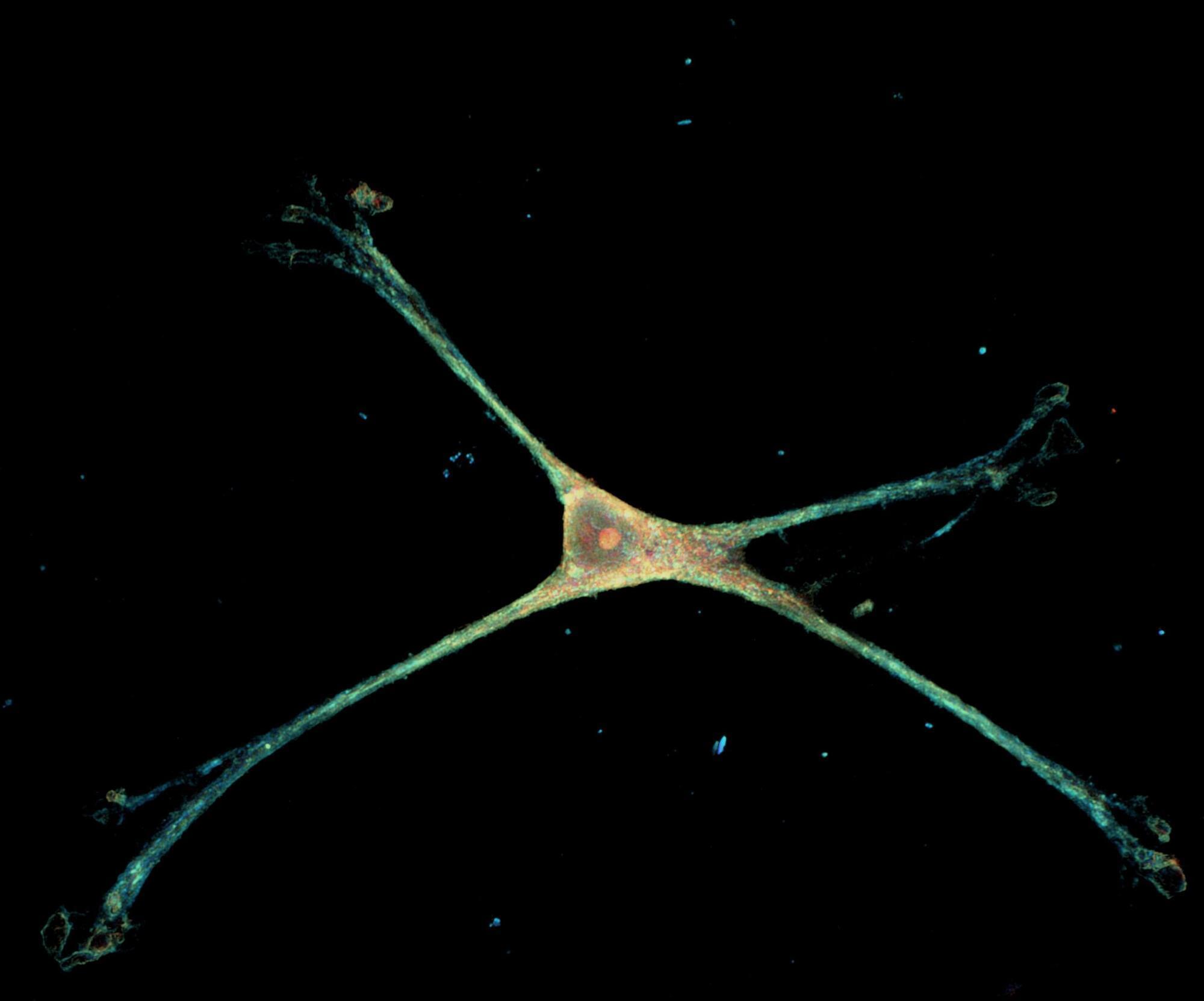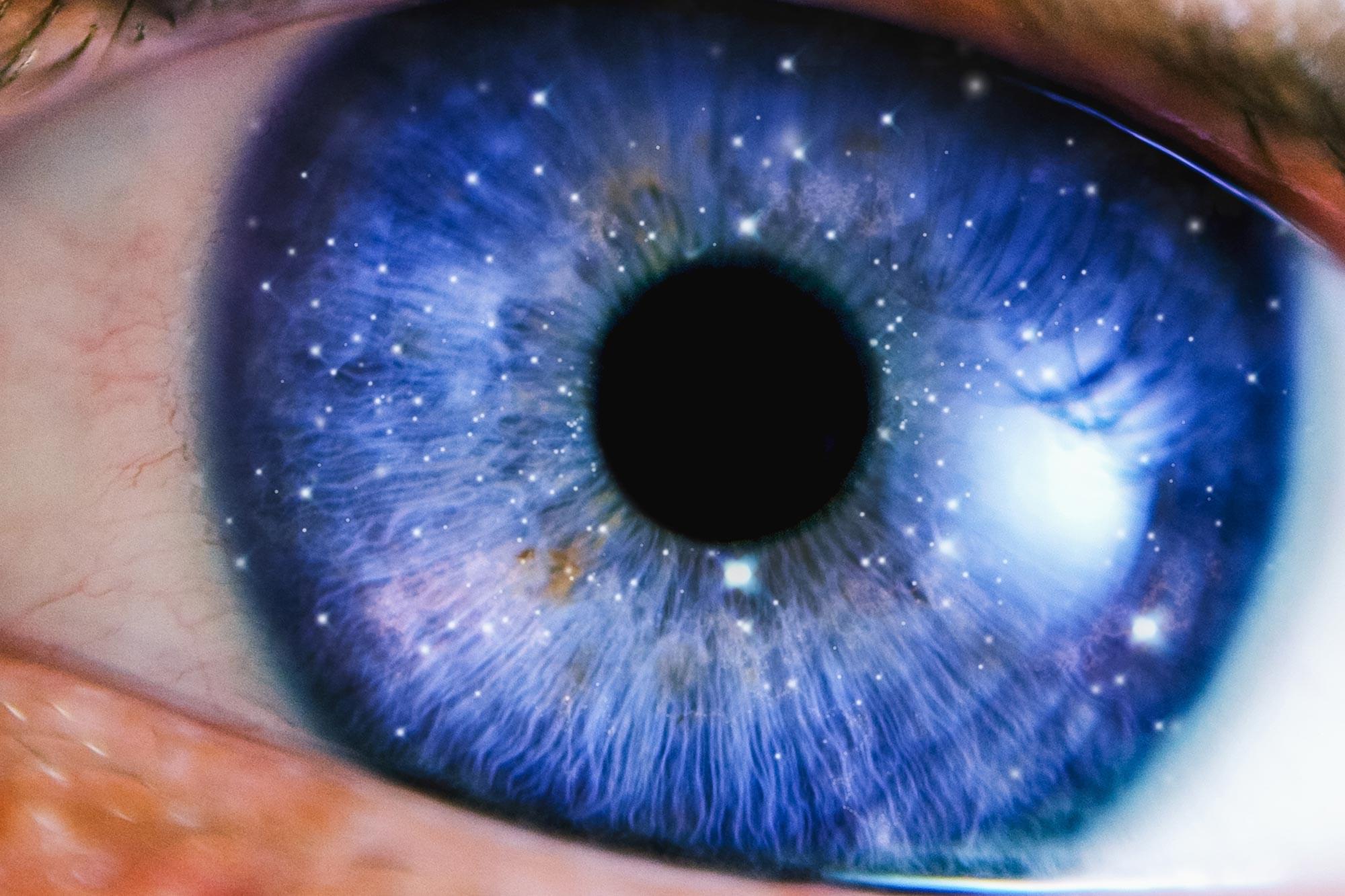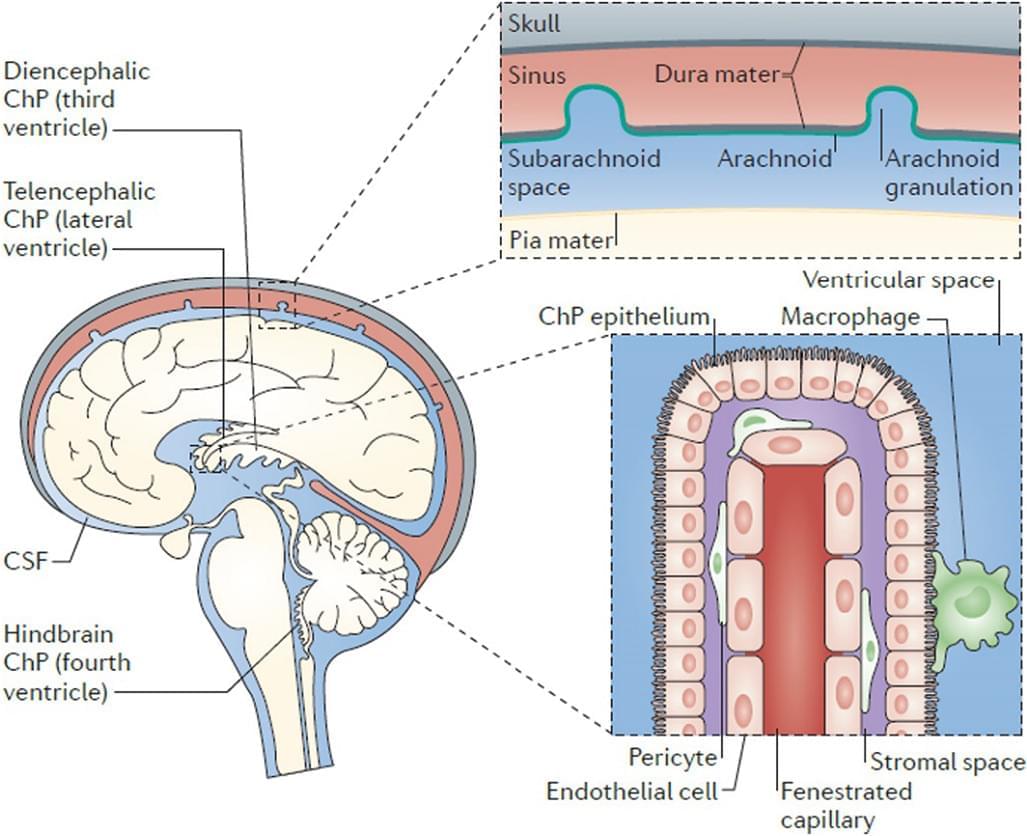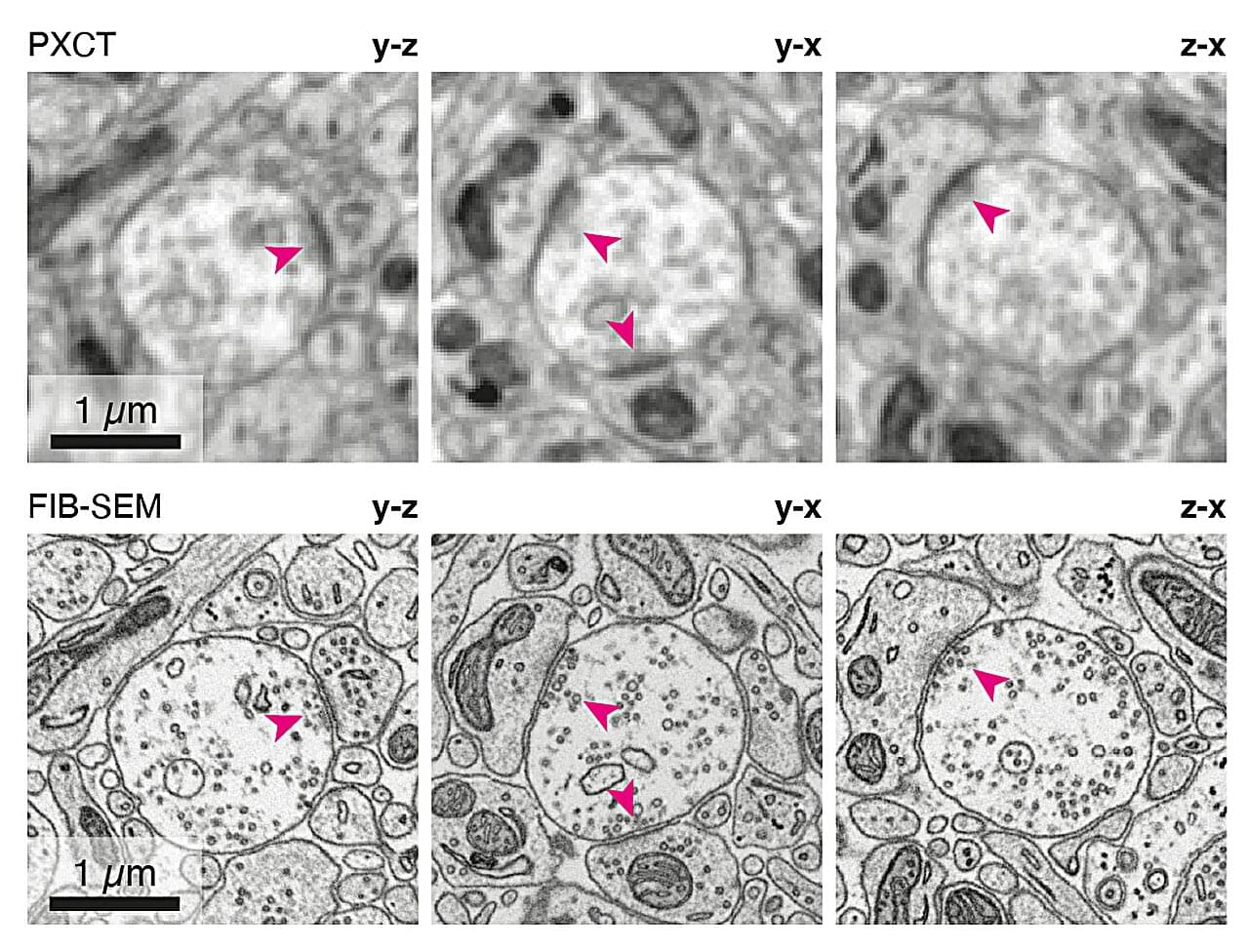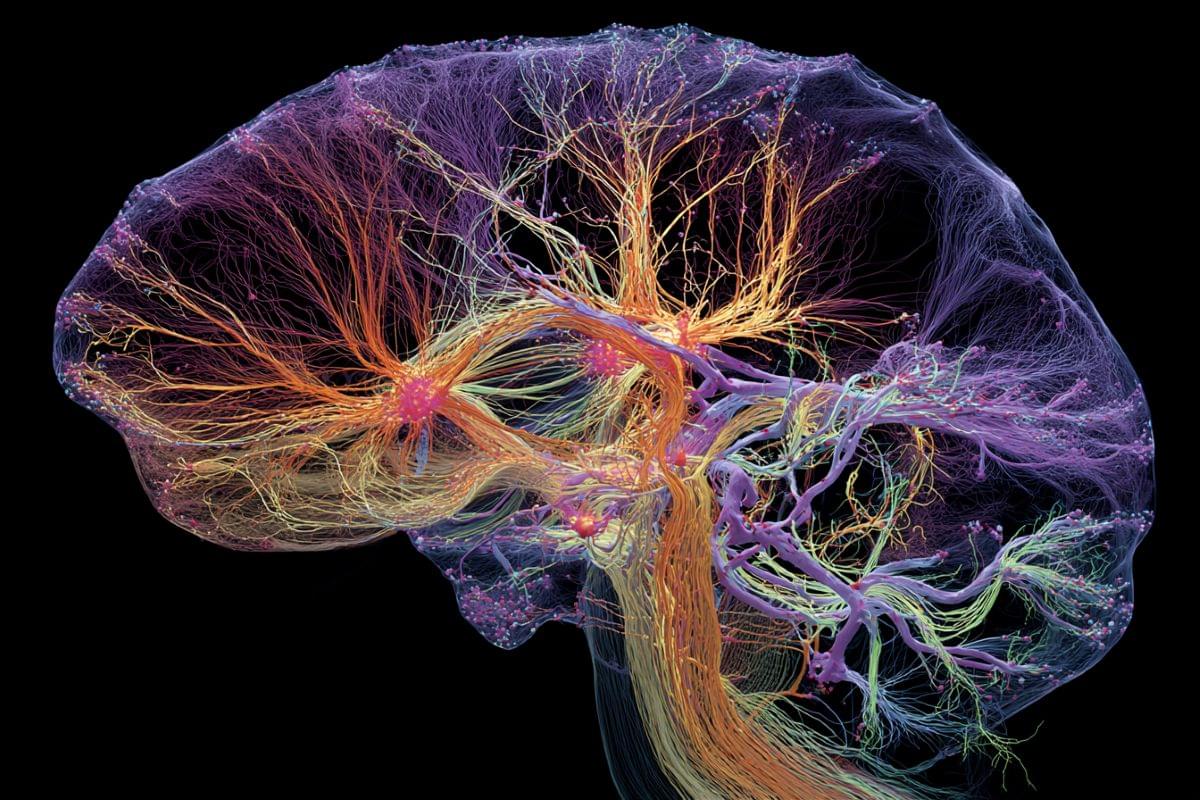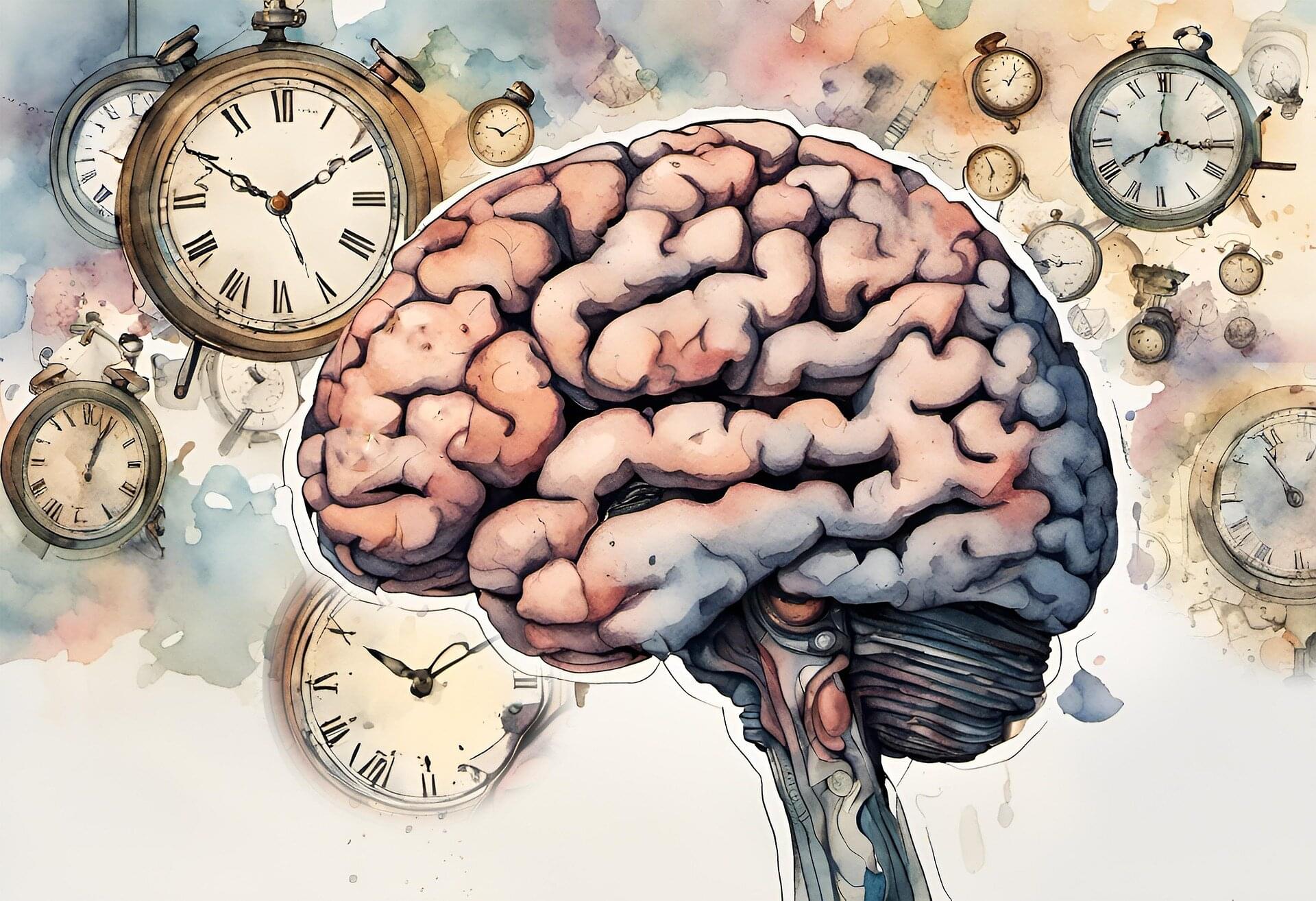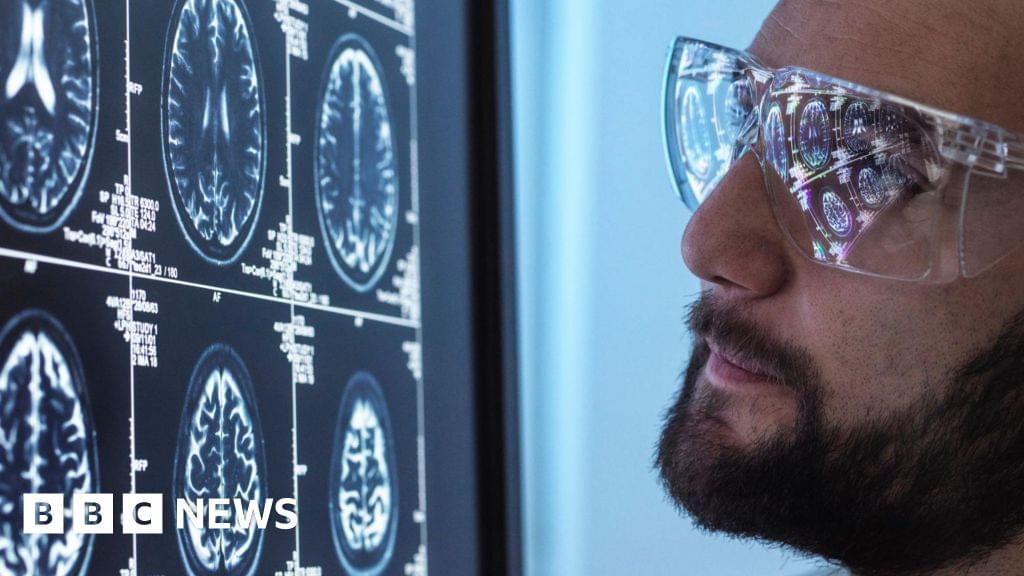As we get older, our brains start to change in ways that make them increasingly vulnerable to disease – and a detailed new study of these changes points to a way some of this wear and tear might be prevented or reversed.
Researchers from the Leibniz Institute on Aging – Fritz Lipmann Institute in Germany used mass spectrometry to analyze the balance of brain proteins in both young and old mice, finding differences in a process called ubiquitylation as the animals aged.
Ubiquitylation adds chemical tags to proteins, telling the brain which of these busy molecules are past their peak and should be recycled. In older mouse brains, the ubiquitylation tags really start to pile up on certain proteins.
